Physical Address
304 North Cardinal St.
Dorchester Center, MA 02124
Physical Address
304 North Cardinal St.
Dorchester Center, MA 02124

Training your dog is all about building a happy, well-behaved companion. With the right Dog Training Tips, you can teach your pup good manners, boost their confidence, and make life easier for both of you. Whether you have a playful puppy or an older dog with a few bad habits, using the right approach will make a huge difference. Many pet owners struggle with common issues like excessive barking, jumping, or leash pulling. But don’t worry, these Dog Training Tips, you’ll see real progress. In this guide, we’ll walk you through ten simple and effective Dog Training Tips to help your dog learn faster and make training a fun experience for both of you.
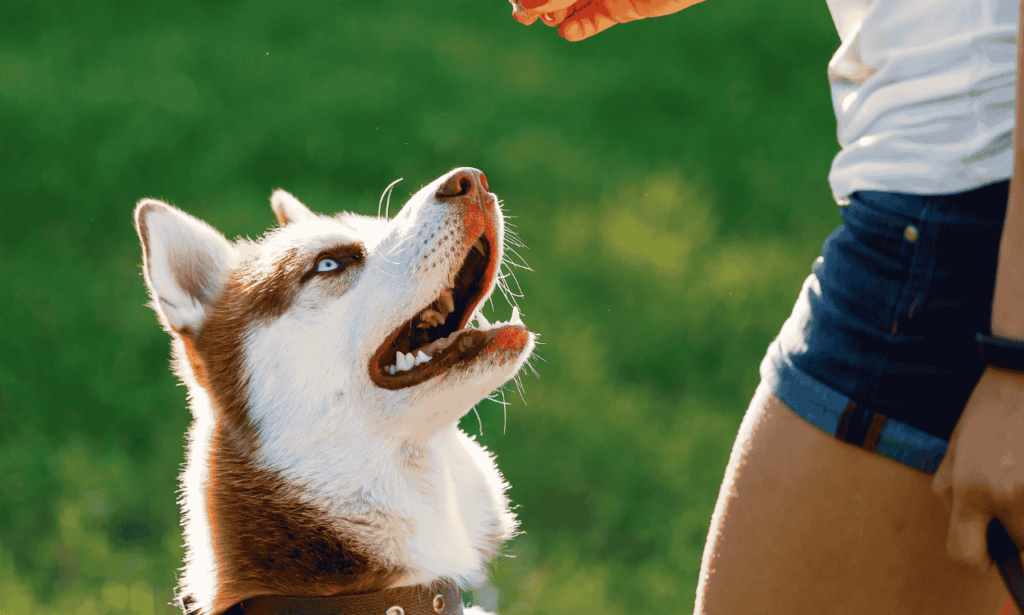
The sooner you start training, the better. Puppies absorb new information quickly, but even older dogs can learn new behaviors with time and patience. Establishing a structured routine from the beginning helps your dog understand expectations and develop discipline.
Set a consistent feeding schedule, designated potty times, and structured play periods. Introduce basic commands such as “sit,” “stay,” “come,” and “heel.” These foundational skills create a framework for more advanced training in the future. The earlier you instill good habits, the easier it is to prevent unwanted behaviors.

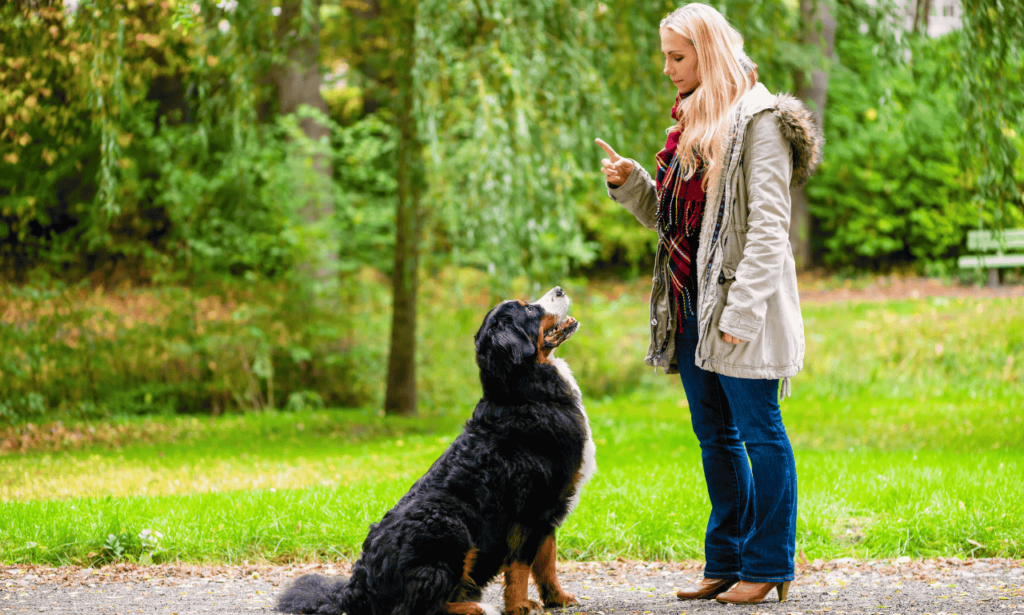
The most effective training methods reward good behavior rather than punish bad behavior. Positive reinforcement includes treats, praise, or toys when your dog follows a command correctly. This encourages a love for learning and strengthens the bond between you and your pet.
For instance, when teaching your dog to sit, immediately reward them with a treat or praise when they perform the action correctly. Timing is crucial—delayed rewards can confuse your dog. Over time, gradually transition to verbal affirmations and petting to reinforce positive behavior without over-relying on treats.
Clicker training is another excellent technique. A clicker produces a distinct sound, followed by a reward, helping dogs associate the sound with positive outcomes and increasing their responsiveness to commands.
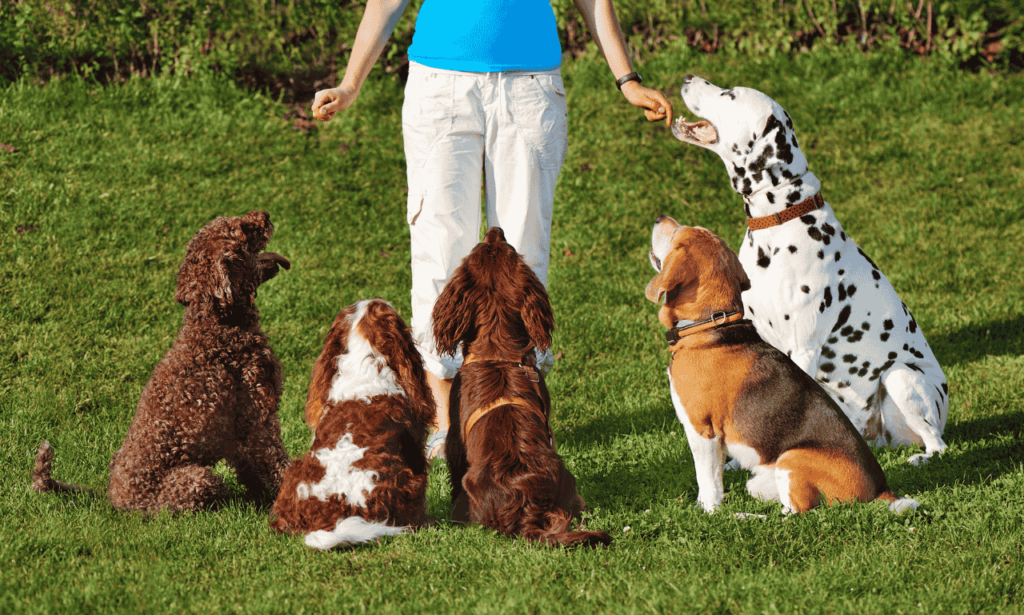
Consistency is essential for effective training. Using the same verbal commands, hand gestures, and expectations ensures that your dog understands what is required of them.
For example, using “sit” one day and “down” the next for the same action can confuse your pet. Similarly, if one family member allows the dog on the couch while another forbids it, the mixed signals can slow progress. Ensure that everyone in the household follows the same rules and uses uniform cues to create a structured learning environment.
Additionally, be firm in reinforcing household boundaries. If you don’t want your dog begging for food at the table, never feed them table scraps. Dogs thrive on routine, so clear rules help solidify good behaviors.

Dogs, especially puppies, have short attention spans. To prevent boredom or frustration, keep training sessions between 5 to 15 minutes long, repeating them multiple times a day.
To make training enjoyable, incorporate games like hide-and-seek with treats or obstacle courses. Introducing training in different environments—such as a park or a friend’s house—helps your dog learn to obey commands even in distracting situations. Making training fun keeps your dog eager to learn and strengthens your bond.

A well-socialized dog is more confident and less likely to develop fear-based aggression. Exposing your dog to different people, animals, and environments early on helps prevent anxiety and behavioral issues.
Arrange playdates with other friendly dogs, take your pet to pet-friendly cafes, or bring them along for car rides to help them get accustomed to new experiences. Reward positive interactions with treats and praise to create a positive association with social situations. Proper socialization reduces stress and ensures your dog remains calm and well-behaved in unfamiliar settings.
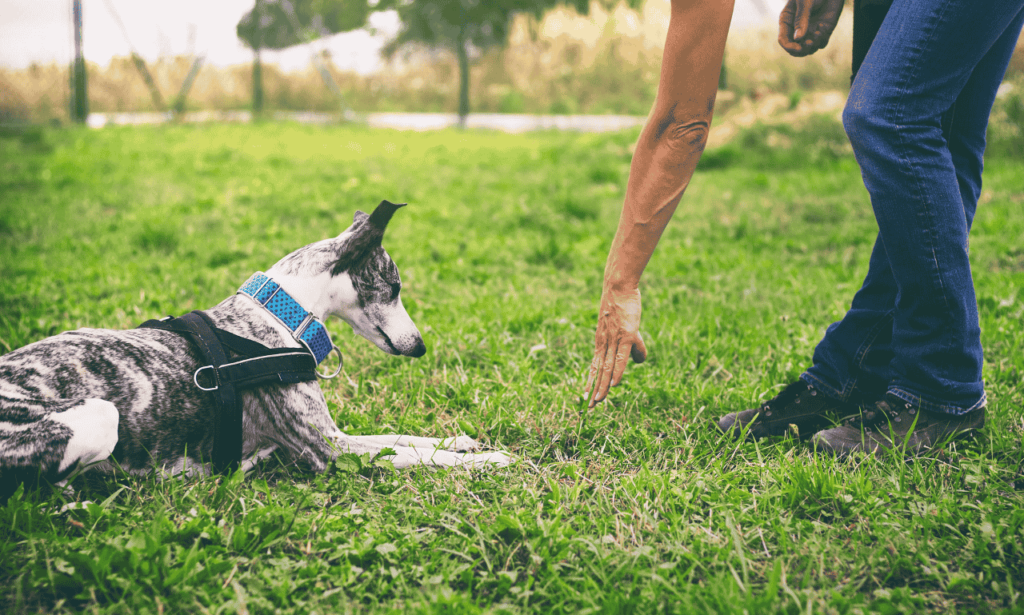
Teaching your dog essential commands ensures a well-behaved pet. Key commands include:
Practicing these commands daily in different environments ensures your dog follows them reliably, regardless of distractions.
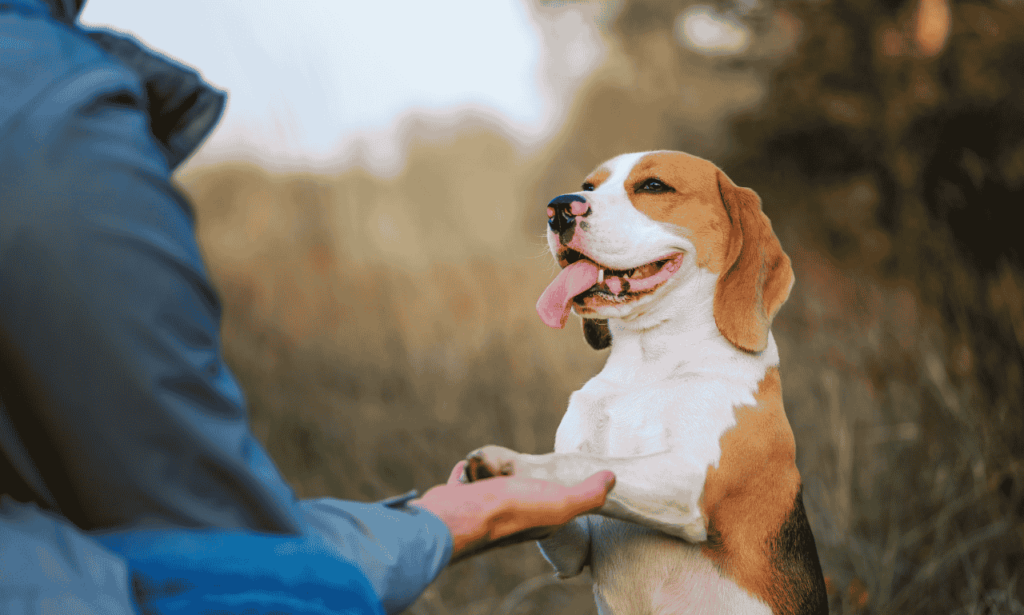
Dogs are highly attuned to human emotions, so maintaining a calm and confident tone during training is crucial. Avoid shouting or showing frustration, as this can create anxiety and slow progress.
If your dog struggles with a command, remain patient and repeat the exercise without showing frustration. A confident and encouraging tone helps your dog feel secure and motivated to learn.

Many pet owners unintentionally reinforce bad behaviors. Some common mistakes include:
Recognizing and avoiding these mistakes ensures a smoother training process.
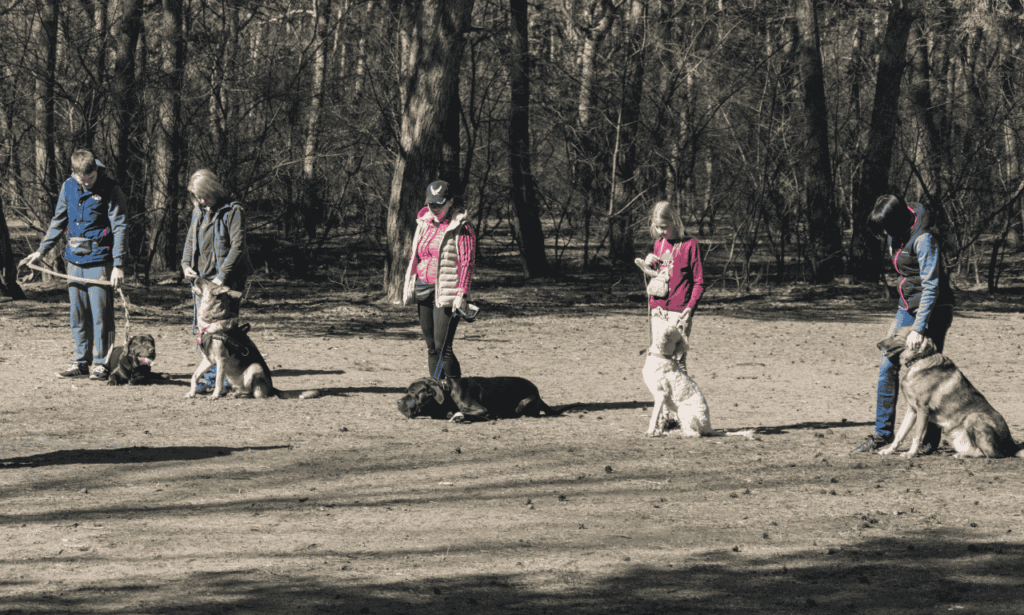
A bored dog is more likely to develop destructive behaviors such as excessive chewing or barking. Mental stimulation is just as important as physical exercise.
Engage your dog’s brain with puzzle toys, scent-tracking games, or trick training sessions. Daily physical exercise—such as walks, fetch games, or agility courses—keeps your dog fit and prevents hyperactivity.
Combining mental and physical challenges in your dog’s routine reduces unwanted behaviors and keeps them happy and healthy.

If you encounter training challenges, don’t hesitate to seek professional help. A certified dog trainer or behaviorist can provide personalized solutions for stubborn behavioral issues, aggression, or fear-based reactions.
Professional training programs, whether in-person or online, help refine your dog’s skills and strengthen your bond. Seeking expert advice is one of the best dog training tips for long-term success.
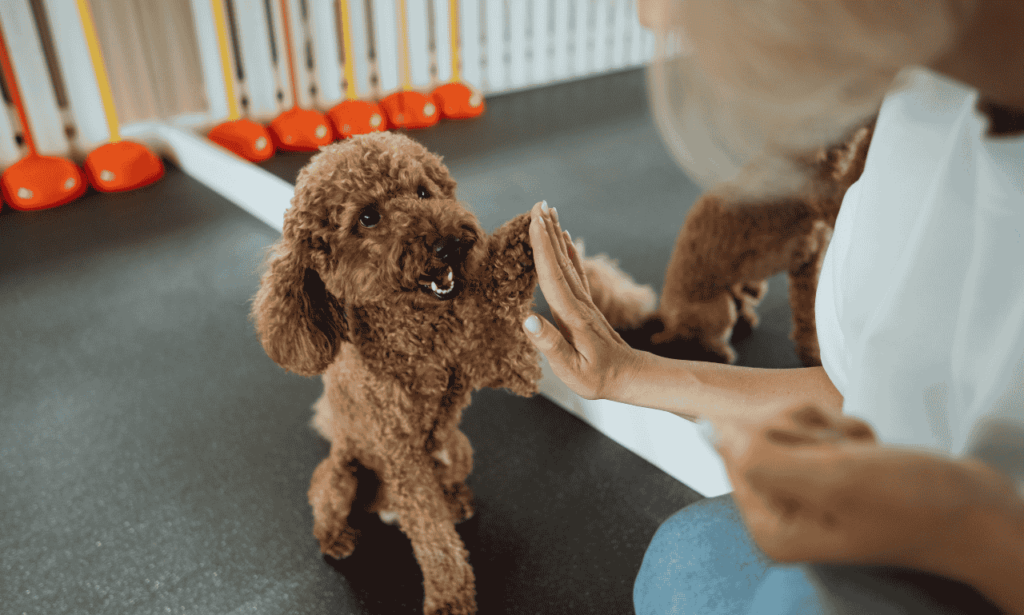
Dog training takes time, but it becomes much easier and more rewarding with the right Dog Training Tips. Positive reinforcement, consistency, and patience are the keys to success. Remember, training isn’t just about commands—it’s about strengthening the bond with your furry friend. Every dog learns at their own pace, so don’t stress if things don’t happen overnight. Stick with these Dog Training Tips, celebrate the small wins, and enjoy the journey. And if you ever need extra help, professional trainers are always a great option. With love, commitment, and the right Dog Training Tips, you’ll have a well-trained, happy dog by your side.
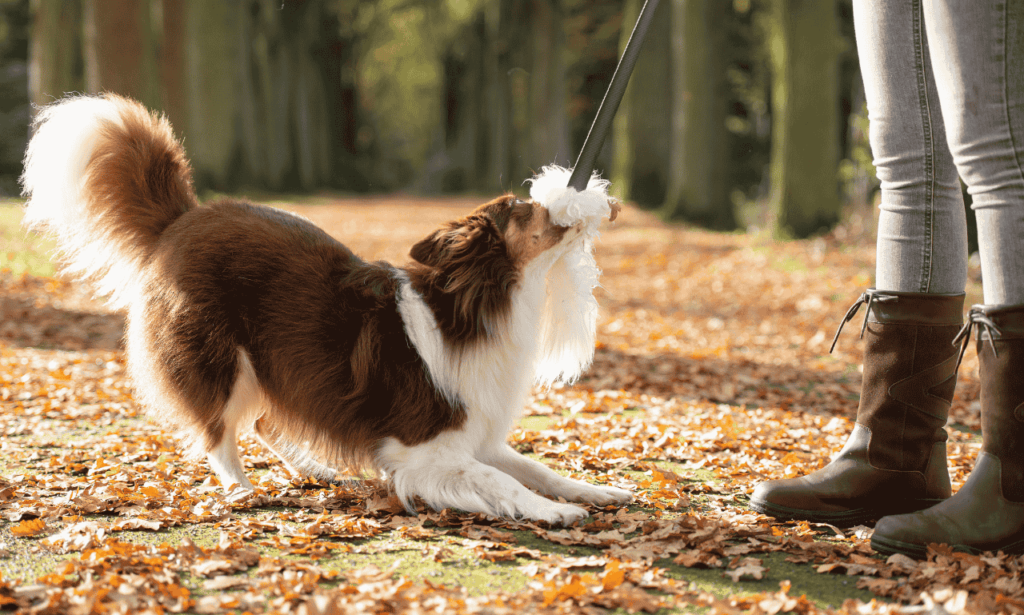
Answer: If you’re new to dog training, start with the basics. Teach simple commands like “sit,” “stay,” and “come” using treats and praise. Keep sessions short—5 to 10 minutes is ideal—and stay consistent. One of the most important Dog Training Tips is to be patient and make training a positive experience for your dog.
Answer: First, figure out why your dog is barking—boredom, excitement, fear, or attention-seeking. A great Dog Training Tip is to redirect their focus with a toy or a command like “quiet.” Reward them when they stop barking. Make sure they get enough exercise and mental stimulation to reduce unnecessary barking.
Answer: Start training in a quiet area with fewer distractions. If your dog pulls, stop walking and wait for them to relax before moving forward. One of the best Dog Training Tips is to reward them when they walk calmly beside you. Over time, they’ll learn that pulling doesn’t get them anywhere.
Answer: Positive reinforcement means rewarding good behavior instead of punishing bad behavior. Give treats, praise, or playtime when your dog listens to commands. A key Dog Training Tip is to reward them immediately so they connect the behavior with the reward. This method builds trust and encourages them to repeat good behaviors.
Answer: Expose your puppy to different people, places, and animals in a safe and controlled way. A helpful Dog Training Tip is to make each new experience positive—offer treats and praise when they react calmly. Socialization is crucial in the first few months to prevent fear or aggression later on.
Answer: If your dog shows aggression, stay calm and identify what triggers it. Use commands like “leave it” or “stay” to redirect their focus. One of the most effective Dog Training Tips is to avoid punishment, as it can make aggression worse. If the behavior continues, consider working with a professional trainer.
Answer: Take your dog outside regularly, especially after meals and naps. Use a cue word like “go potty” and reward them when they do it in the right spot. A useful Dog Training Tip is to be patient—accidents happen. If they have an accident indoors, clean it up without punishment and reinforce outdoor training.
Answer: Start with simple tricks like “shake” or “spin.” Use treats and break the trick into small steps. A key Dog Training Tip is to keep sessions short and fun so your dog doesn’t lose interest. Repetition and positive reinforcement will help them learn faster.
Answer: Start by leaving them alone for short periods and gradually increase the time. Give them a favorite toy or treat when you leave so they associate it with something positive. A great Dog Training Tip is to stay calm when leaving and returning—this helps your dog feel more secure.
Answer: Dogs chew because they’re teething, bored, or anxious. Offer them chew toys and discourage chewing on furniture or shoes. A helpful Dog Training Tip is to redirect their attention to the right toys and praise them when they chew appropriately.
GIPHY App Key not set. Please check settings